The Indonesian island of Bali is home to the preponderance of the country’s Hindus. Balinese Hinduism is characterizing by the worship of the ultimate god Acintya, along with the trinity in Brahma, Vishnu and Shiva. The art and service of the Balinese Hindus trace back to influences from the 4th century when Hinduism reached the island’s shores. Balinese temples are over-elaborate, striking and positioned in visually stunning locales. LAKSHMI SHARATH traipses from first to last Bali and returns with these incredible picture postcards.
A roadside temple in Bali
If you consider India has many place of pilgrimage, think again. In Bali, Indonesia’s Hindu island, there are temples ubiquitously – in streets, atop mountains, clinging to cliffs, on the sand, and in the courtyard of every home.
Devotees at the Mother Besakih temple
The Mother Besakih temple is one of the most imperative temples in Bali. It is situated atop Mount Agung. It is not just one place of worship but a cluster of 20 temples overlooking the villages and the green slopes of the mountain. Balinese deem that the good spirits beside with their deities reside here and the shrines are similar to houses built for them.
Goa Gajah
Goa, I learned, is prominent “Guha” as in many Indian languages. It refers to a 1,000-year-old cave excavate here that houses the Hindu trinity of gods and Ganesha, whom the Balinese know as “Gajah”. The 11th century site, called Lwa Gajah, was not discovered awaiting the 1950s and was believed to be a refuge of a Buddhist monk.
Uluwatu
Bali’s shrines are often situated in the most from abroad landscapes. This is Pura Uluwatu right atop the cliff. The vista is spectacular as you climb uphill from first to last a small wooded area patrolled by animated monkeys.
Bali’s royal shrine
Pura Taman Ayun, factually “beautiful garden”, is the holy place of the crowned heads in Bali. Built in the 17th century, this temple in Mengwi, south Bali, is hypothetical to house the ancestors of the royal house and their family deities.
Puppets galore
The sounds of performance fill the air as you walk into any of these temples. Wayang or shadow puppetry, the Kecak or fire-dance, and a variety of other local dances like Barong, Legong and Pendet are some of the art forms to knowledge while you visit this shrine.
Sunset at Tanah Lot
No trip is complete with no a glimpse of the spectacular sunset in Tanah Lot temple, a tourist magnet positioned on a rocky oceanic island. The 15th century shrine, devoted to the sea spirits, was built under the course of a priest and is thought to be secured by snakes.
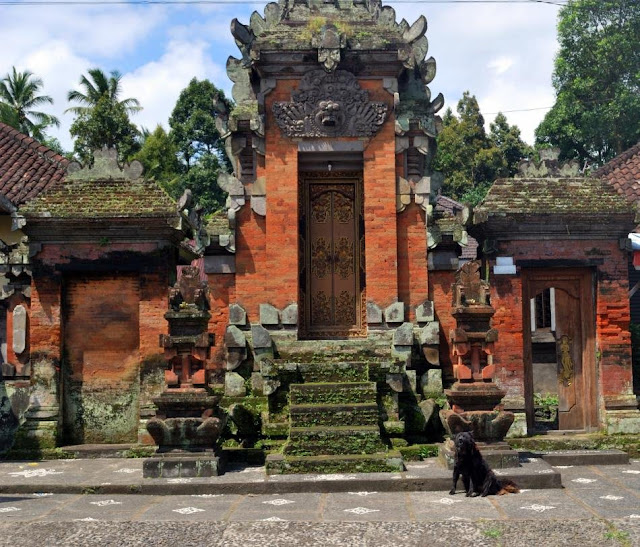

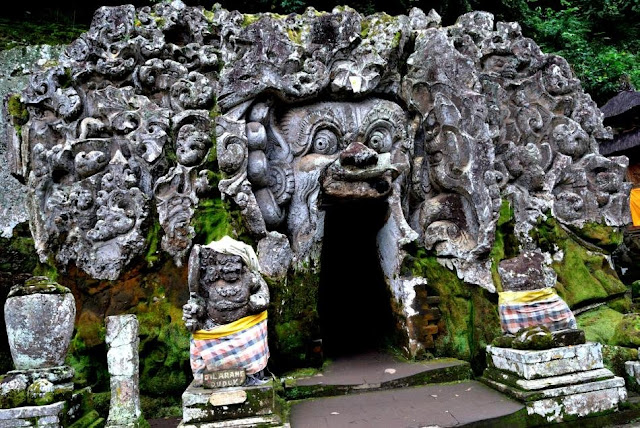

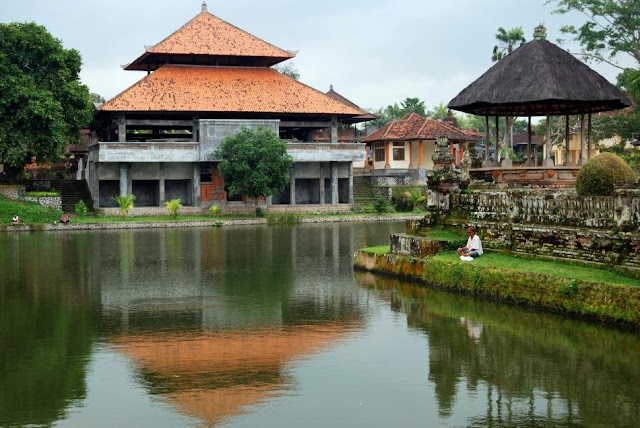
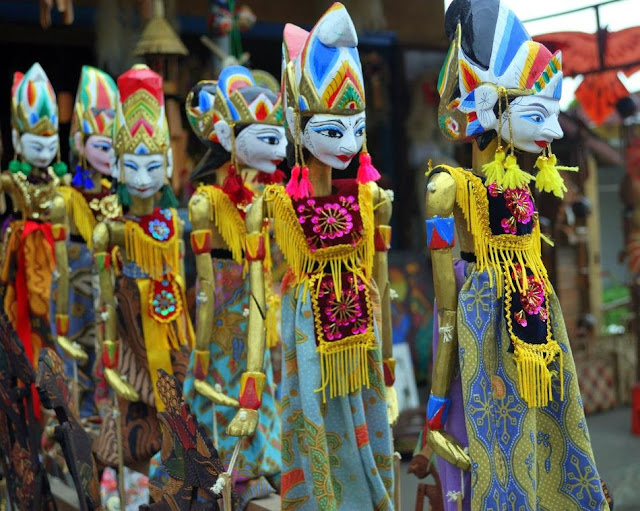
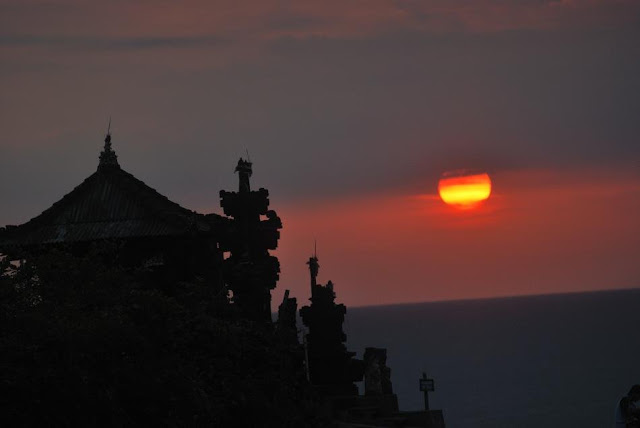











0 comments:
Post a Comment